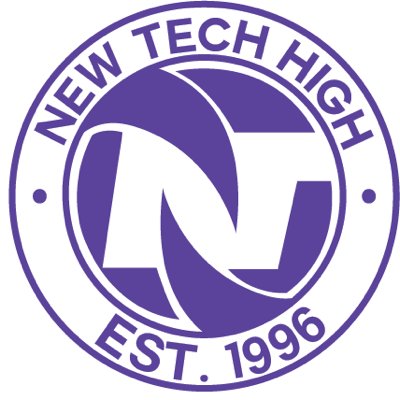 Without fail, anytime a juicy bit of recent know-how hits the market, the exorbitant price ticket places it out of attain for even the middle class People. It is no shock that in a yr the place sustainability is trending, plant-based consuming is entrance and heart. According to the “2019 Meals & Vitamin Developments” report by KIND Healthy Snacks, you may anticipate to see extra plant-based mostly innovations highlighting nuts, seeds, beans, lentils and algae across categories reminiscent of snack bars, chips, meat-free burgers or sausages and dairy-free yogurts and cheeses in the new year.
Without fail, anytime a juicy bit of recent know-how hits the market, the exorbitant price ticket places it out of attain for even the middle class People. It is no shock that in a yr the place sustainability is trending, plant-based consuming is entrance and heart. According to the “2019 Meals & Vitamin Developments” report by KIND Healthy Snacks, you may anticipate to see extra plant-based mostly innovations highlighting nuts, seeds, beans, lentils and algae across categories reminiscent of snack bars, chips, meat-free burgers or sausages and dairy-free yogurts and cheeses in the new year.
These purposes are developed with the help of expertise. Anyone is usually a digital artist having data and proficiency in Photoshop. The Web of Things will help to significantly enhance aging in place and at-residence safety, particularly for seniors living with conditions like diabetes, hypertension, and arthritis. IoT gadgets are designed to observe well being … Read more
 HIROSHIMA, Japan (Reuters) – In the excessive-stakes, excessive-price battle among global automakers to develop ever extra environment friendly automobiles, one of many biggest breakthroughs in inside combustion engine technology in years seems to be to be coming from one of the business’s smaller gamers.
HIROSHIMA, Japan (Reuters) – In the excessive-stakes, excessive-price battle among global automakers to develop ever extra environment friendly automobiles, one of many biggest breakthroughs in inside combustion engine technology in years seems to be to be coming from one of the business’s smaller gamers. We gather zip code in order that we may deliver news, weather, special affords and other content associated to your particular geographic area.
We gather zip code in order that we may deliver news, weather, special affords and other content associated to your particular geographic area. Keep in thoughts that this is all a part of a take a look at and is going to be actively tweaked. Before we roll out something site-broad, we need to make sure that it’s the perfect design potential.
Keep in thoughts that this is all a part of a take a look at and is going to be actively tweaked. Before we roll out something site-broad, we need to make sure that it’s the perfect design potential. Low-carbon technologies comparable to photovoltaics, wind power, nuclear fusion and carbon capture and storage are important for lowering greenhouse gas emissions and enhancing the sustainability of the power system. The uptake of new vitality technologies can even decrease reliance on external suppliers of fossil fuels, in addition to spur job creation and economic growth.
Low-carbon technologies comparable to photovoltaics, wind power, nuclear fusion and carbon capture and storage are important for lowering greenhouse gas emissions and enhancing the sustainability of the power system. The uptake of new vitality technologies can even decrease reliance on external suppliers of fossil fuels, in addition to spur job creation and economic growth.